Last Updated on January 8, 2024
As I delved into the world of flowers and their spiritual symbolism, one blossom that particularly caught my attention was the elegant and vibrant cornflower.
In this blog, we’ll explore the intriguing spiritual meanings and significance attributed to the cornflower, a delicate and enchanting bloom that has graced gardens, fields, and the pages of history for centuries.
Join me on this journey as we uncover the hidden spiritual gems behind the cornflower and its role in cultural and metaphysical contexts.
Key Takeaways
- Love Symbol: In European folklore, cornflowers symbolize love and devotion, especially among young men seeking true love.
- Bachelor’s Button: Also known as the “bachelor’s button,” with the duration of bloom believed to predict the return of a loved one.
- Exotic Rarity: Symbolizes rare beauty, wealth, and refined tastes due to its scarcity.
- Colors and Meanings:
- Blue: Represents tranquility and stillness of mind.
- Purple: Symbolizes power, tradition, and strength.
- Yellow: Signifies joyfulness and good luck.
- Pink: Represents calmness, romance, and serene love.
- Occasions and Symbolic Meanings:
- Birthday: Symbolizes hope and good fortune for the coming year.
- Wedding: Tied to romance and devotion, wishing for a long-lasting marriage.
- Recovery: Wishes for recovery and healing during illness.
- Funeral: Represents grief and remembrance.
- Cultural Significance in Various Countries
- France: National symbol and associated with the French Revolution.
- Germany: Symbol of resistance against the Nazi regime.
- Poland: Symbol of resistance during World War II.
- Ukraine: National symbol, associated with the blue and yellow flag.
- Russia: Symbol of simplicity and delicacy.
- Victorian Era: Symbol of delicacy, refinement, and elegance.
- Modern Uses: Used as a symbol of remembrance, similar to the red poppy.
- Tattoo Symbolism Cornflower tattoos symbolize joy, devotion, and purity, and are associated with feisty spirits.
Etymological Meaning Of The Cornflower
The terms ‘cornflower’ and its genus name ‘Centaurea’ have a fascinating etymological history that spans much of European history.
‘Cornflower’ as a term is relatively simple. It is the merging of the two root words ‘corn’ and ‘flower’. Both of these words have their origins in older forms of English and French. ‘Corn’ was another term Old English used to describe grain, or plants people grow and eat as agricultural crops.
‘Flower’ is known in Older French by its other terms like ‘flour’, ‘flur’, ‘flor’, ‘floyer’. It describes the blossom or flourish of petals that adorns the top of flowering plants.
‘Cornflower’ refers to the proximity that this plant would often grow to many places used for agricultural purposes. The arable soil that cornflowers grow in would have been needed for growing many grain-based crops. A point we will discuss later.
‘Centaurea’ is Latinized version of the word ‘Kéntauros’, the Greek word for the mythological centaur animal. In Ancient Greek myth, the wise centaur Chiron discovered the medicinal properties that the flower and plant have. A topic for its own sections.
Because of this, the cornflower genus’ scientific name was given after the beast that discovered its uses in folklore.
RELATED: Hawthorn Tree Meaning, Spiritual Symbolism, Connotations & More
Exploring the Deeper Symbolism of the Cornflower
| Symbol | Meaning |
| Love | Representing love and devotion |
| Bachelor’s Button | Predicting the return of loved ones |
| Exotic Rarity | Signifying rare beauty and wealth |
| Global Presence | Imported to North America, Australia, and Asia |
Symbol of Love
Cornflowers were a symbol of love in European folklore, particularly among young men seeking true love.
Bachelor’s Button
They were often called ‘the bachelor’s button,’ and the duration of bloom was believed to predict the return of a loved one.
Devoted Love
Cornflowers symbolize devoted love, encompassing qualities like patience, faithfulness, and prosperity for potential grooms.
Parental Devotion
They also represented a parent’s deep love and devotion for their children, exemplified in stories like that of Prussia’s Queen Louise during the Napoleonic wars.
Exotic Rarity
Their rarity in Europe, and more recent years, made them a symbol of exotic and rare beauty, associated with refined tastes and wealth.
Global Presence
Cornflowers were imported to gardens in North America, Australia, and Asia, extending their cultural significance beyond Europe.
RELATED: Gerbera Flower Meaning, Spiritual Symbolism, Color Meaning & More
Unveiling the Significance of Cornflower Colors
| Color | Symbolism |
| Blue | Tranquility and stillness of mind |
| Purple | Power, tradition, and strength |
| Yellow | Joyfulness and good luck |
| Pink | Calmness, romance, and serene love |
Cornflowers come in a whole range of different colors. Whilst a deep blue is by far the most well-known variety, some cornflowers are pink, purple, yellow, and even black in some very rare cases.
These are just some of the meanings tied to the most popular colors:
- Blue: Represents a stillness of mind and tranquility, making it a beautiful addition to gardens or homes.
- Purple: Signifies power and tradition due to its royal associations. It also thrives in hardy soils, symbolizing strength.
- Yellow: Symbolizes joyfulness and good luck, and its rarity adds to the sense of luck.
- Pink: Carries a calming and serene meaning, similar to blue. It also adds a playful and romantic element to the plant, representing tranquil love between partners.
RELATED: Gardenia Flower Meaning, Spiritual Symbolism, Color Meaning & More
Meaningful Botanical Characteristics Of The Cornflower
Cornflower grow best in soils that have a neutral or slightly higher pH, preferring levels around 7 or slightly higher.
The root systems of cornflowers are incredibly tough and durable once they are well-established in good soil for them. They do not suffer from many plant diseases that other flower plants may suffer from (although they are susceptible to few types of fungal infections). They are not usually a large target for pest animals.
Their root system is very tough to remove once it has grown enough. It is a pain when it comes to preparing a field for crops that this plant typically enjoys living in.
Despite their wide distribution and status as a plant of ‘least concern’ on the global scale, they have received ‘protected’ status in many European countries. Cornflower used to widely spread across Europe but is now an endangered species on the continent.
Centuries of demanding agriculture, and an increasing amount of herbicides used to maintain that agricultural output, have driven the flower to become a rare sight in many European countries.
In a strange turn of events, some variants of Cornflower developed a resistance to many herbicides. Many now considers them a noxious weed in many places where it grows.
This means that it is an invasive plant that is detrimental to the growth of agricultural and cultivated plants. In Cornflower’s case, it is a particularly damaging plant to many crops grown on arable lands, such as rapeseed and cereal plants.
The fact that they help control the population of insects that feed on crops compounded such idea. They attract large numbers of Microplitis, a genus of small braconid wasp. Wasp is a major consumer of cabbage moths, one of the main pests that spoil cabbage crops.
Cornflowers: Blooms for Every Special Occasion
| Occasion | Significance |
| Birthday | Symbolizes hope and good fortune |
| Wedding | Tied to romance and devotion |
| Recovery | Wishes for recovery and healing |
| Funeral | Grief and remembrance |
Cornflower is the perfect gift to give someone on virtually any formal occasion. Whether that’s on a birthday, for a wedding, to wish someone a speedy recovery if they have been ill, or even as a grieving flower at a funeral.
For birthday flower, the cornflower functions as hope that good fortune will be in the coming year for the recipient. Especially if they are in the process of doing something new in their lives, or about to start something new. That could mean a new job, perhaps as a retirement gift, or even for those who are in the midst of a difficult time.
A cornflower at a wedding ties the flower back to its roots as a flower of romance and devotion, especially from the aspect of the groom.
Having a cornflower in the bouquet, whether fresh or dry, symbolizes wish on the part of the newly wedded couple. Such wish includes long-lasting marriage filled with good fortune for all parties involved, It is as a sign of reward to the groom’s devotion to the love of his life, as well.
As a recovery flower, it functions very similarly, as it is a wish of that fortune smiles on the person recovering, and that whatever ails them will eventually pass, so long as the ill party remains determined to heal.
RELATED: Forget Me Not Flower Meaning, Spiritual Symbolism, Color Meaning & More
The Cultural Significance of the Cornflower
| Culture | Cornflower Significance |
| European Folklore | Love and fertility symbol |
| France | National symbol, French Revolution |
| Germany | Resistance symbol, Social Democratic Party |
| Poland | Resistance during World War II |
| Ukraine | National symbol, blue and yellow flag |
| Russia | Symbol of simplicity and delicacy |
| Native American | Medicinal and ceremonial uses |
| Victorian Era | Delicacy and refinement |
| Modern Uses | Remembrance, similar to red poppy |
European Folklore and Tradition:
- Love and Romance: In European folklore, cornflowers have been linked to love and romance. They were often worn by young men and women as a sign of their affection.
- Fertility: Cornflowers were also associated with fertility and were used in rituals to bring about good harvests.
France:
- National Symbol: The cornflower is the national flower of France, and it is often associated with the country’s blue and red flag. It became a symbol of the French Revolution, representing the common people.
Germany:
- Cornflower as a Symbol: In Germany, the cornflower (Kornblume) holds historical significance as a symbol of the Social Democratic Party. It is seen as a symbol of resistance against the Nazi regime.
Poland:
- Polish Resistance: During World War II, the cornflower became a symbol of the Polish resistance against the Nazis. It was worn as a sign of solidarity and remembrance for those who fought against oppression.
Ukraine:
- Ukrainian National Symbol: Cornflowers are considered a symbol of Ukraine, where they are known as “chabrets.” They are often associated with the country’s blue and yellow flag.
Russia:
- Floral Symbolism: In Russia, cornflowers are a symbol of simplicity and delicacy. They are often used in floral arrangements and are associated with warm summer days.
Native American Culture:
- Healing and Ceremonial Uses: Some Native American tribes used cornflowers for medicinal and ceremonial purposes. They were often used in teas and poultices for their supposed healing properties.
Victorian Language of Flowers:
- Meaning in the Victorian Era: In the Victorian language of flowers, cornflowers represented delicacy, refinement, and a sense of elegance.
Modern Uses:
- Remembrance: In some countries, cornflowers are used as a symbol of remembrance for World War I, similar to the red poppy.
The Cultural Significance of the Cornflower
Of course, the beautiful blue petals of the cornflower make them a popular choice for people who want them as bright ornamental plants across the world. This is why many examples of this plant are found in non-European countries, such as Australia and the United States.
Many cornflowers were exported as decorative plants in people’s gardens and arrangements before they eventually find their way into the wild and established themselves.
The cornflower plant has been shown to have several mild medicinal uses, being shown to have effective anti-inflammatory properties, especially for very sensitive parts of the body, such as for the eye.
They have also been evaluated as a plant that may be useful in tackling metal pollution of soil. Specifically, it appears to be effective at reducing the amount of lead contamination in the soil where it grows.
This is especially true in places where bacterial growth that encourages biodiversity allows cornflower to grow better, making it even more effective against lead pollution.
The flowers that cornflower plants produce are actually edible and can be eaten in many ways, whether that’s dried, cooked with other ingredients, or just eaten raw. It isn’t uncommon to find their flowers being used as a decorative, colorful garnish to another food.
They can also be used as an ingredient for making various types of tea. Lady Grey Tea uses the petals of the cornflower in its production.
RELATED: Bleeding Heart Flower Meaning, Spiritual Symbolism, Color Meaning & More
Decoding the Symbolism of Cornflower Tattoos
Cornflowers as tattoos can be a simple, yet elegant design that people can have tattooed onto them, especially in the last few years as the plant’s popularity has blossomed.
The image of the flower is meant to bring joy to whoever has its image etched onto them, especially if the person is a woman. It is also a sign of devotion and purity, with its light blue tones, but not to come off as too cold to others, like a white flower can sometimes symbolize.
There’s a sense of playfulness attached to this cool-blue tone.
A tattoo of cornflower and a sword is also a popular image for those who have a feisty spirit, tying this classic European flower into old folklore, bringing a calmness of mind to a warrior’s heart that will benefit them in the heat of battle.
This is a tattoo that a person with a passionate or stubborn spirit may get if they also want to try and focus that raging energy within them.
Facts About Cornflowers Symbolisms
Cornflowers, also known as Centaurea cyanus, have various symbolic meanings and cultural associations. Here are some interesting facts about their symbolism:
Symbol of Love and Romance
Cornflowers are often associated with love and romance in European folklore. They were traditionally worn by young people as a sign of affection for one another.
National Symbol of France
The cornflower is the national flower of France. It is known as “le bleuet” and is closely linked to the country’s national identity. It gained popularity during World War I as a symbol of remembrance for fallen soldiers.
Resistance Symbol
In both Germany and Poland, cornflowers have been used as symbols of resistance. In Germany, they represent resistance against the Nazi regime, and in Poland, they are a symbol of the Polish resistance during World War II.
Ukrainian National Symbol
In Ukraine, cornflowers are known as “chabrets” and are associated with the country’s blue and yellow flag. They hold significance as a symbol of Ukrainian national identity.
Russian Floral Symbol
In Russia, cornflowers are associated with simplicity, delicacy, and the beauty of nature. They are often used in floral arrangements and are appreciated for their aesthetic qualities.
Victorian Language of Flowers
During the Victorian era, flowers were used to convey messages and emotions. Cornflowers represented delicacy, refinement, and elegance in the language of flowers.
Healing and Medicinal Use
Some Native American tribes used cornflowers for their purported medicinal properties. They were used in teas and poultices for various ailments.
Fertility Symbol
In European folklore, cornflowers were often associated with fertility and were used in rituals to promote bountiful harvests.
Remembrance in World War I
In some countries, cornflowers are used as symbols of remembrance, similar to the red poppy, to honor those who died in World War I.
Cultural Variations
The symbolism of cornflowers can vary across different cultures and periods. While they share some common themes, their meanings and associations are shaped by historical events and regional traditions.
RELATED: Aster Flower Meaning, Spiritual Symbolism, Color Meaning & More
Conclusions
As we can see, this humble little flower may appear to be a simple, delicate little thing. But as its characteristics, its various colors and symbols, as well as its ties to culture and history, show that it is a tough little flower, and that appearances don’t mean anything when it comes to what isn’t so obvious as just a pretty petal face.
We hope that this guide has shown that to you, and given you an appreciation that you might have otherwise missed.
Frequently Asked Questions
What Does the Cornflower Symbolize in General?
Cornflowers are often seen as symbols of love and delicacy. They have been associated with romantic love and refined beauty.
Why is the Cornflower the National Flower of France?
The cornflower, known as “le bleuet,” is the national flower of France due to its historical significance. It became a symbol of the French Revolution, representing the common people, and it was also associated with the blue and red colors of the French flag.
What is the Significance of Cornflowers in Germany?
In Germany, cornflowers are a symbol of resistance against the Nazi regime. They represent defiance and opposition to oppression.
Why are Cornflowers Associated With Poland and World War II?
Cornflowers were worn as a symbol of remembrance and solidarity with the Polish resistance fighters who opposed the Nazis during World War II.
What do Cornflowers Symbolize in Ukraine?
In Ukraine, cornflowers, known as “chabrets,” are associated with the national flag’s blue and yellow colors. They symbolize Ukrainian national identity.
Are Cornflowers Used in Any Specific Ceremonies or Traditions?
Yes, cornflowers have been used in various traditions and ceremonies, such as weddings and rituals for promoting fertility and good harvests.
What Did Cornflowers Represent in Victorian Times?
During the Victorian era, cornflowers represented delicacy, refinement, and an elegant sense of beauty. They were often used to convey messages of admiration and grace.
Do Cornflowers Have Any Medicinal Properties?
Some Native American tribes used cornflowers for their purported medicinal properties. They were used in teas and poultices for various health remedies.
How do Cornflowers Compare to the Red Poppy as a Symbol of Remembrance?
Cornflowers, like red poppies, are used as symbols of remembrance, particularly in some countries to honor those who died in World War I. They represent the sacrifices made during times of conflict.
Are the Meanings of Cornflowers Consistent Across Different Cultures?
No, the meanings of cornflowers can vary widely across different cultures and regions. While some themes like love and resistance are common, their significance is often shaped by local traditions and historical events.
- Aconite Flower Meaning, Spiritual Symbolism, Color Meaning & More - February 15, 2022
- Allium Flower Meaning, Spiritual Symbolism, Color Meaning & More - February 15, 2022
- Alstroemeria Flower Meaning,Spiritual Symbolism,Color Meaning & More - February 15, 2022

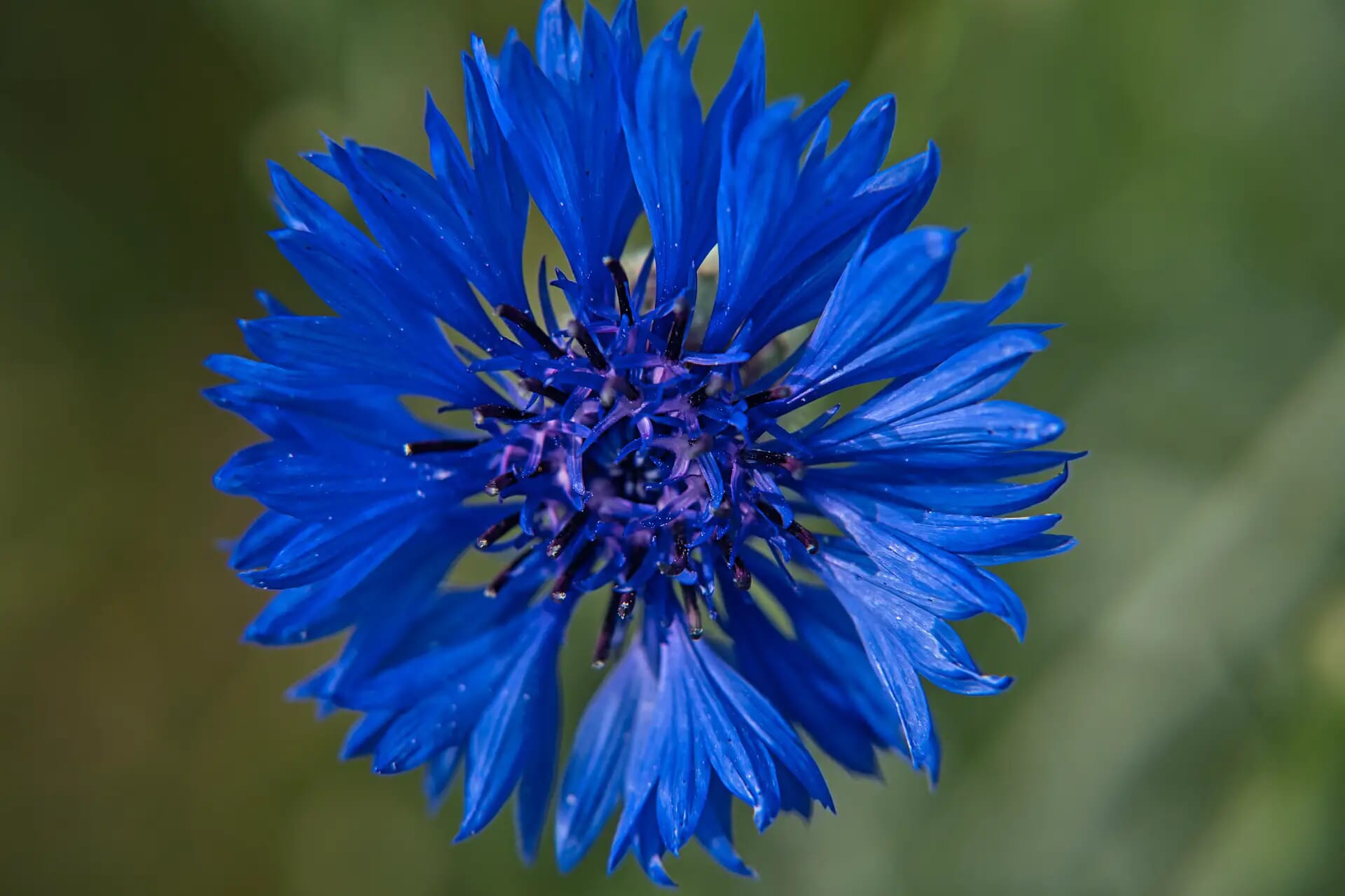




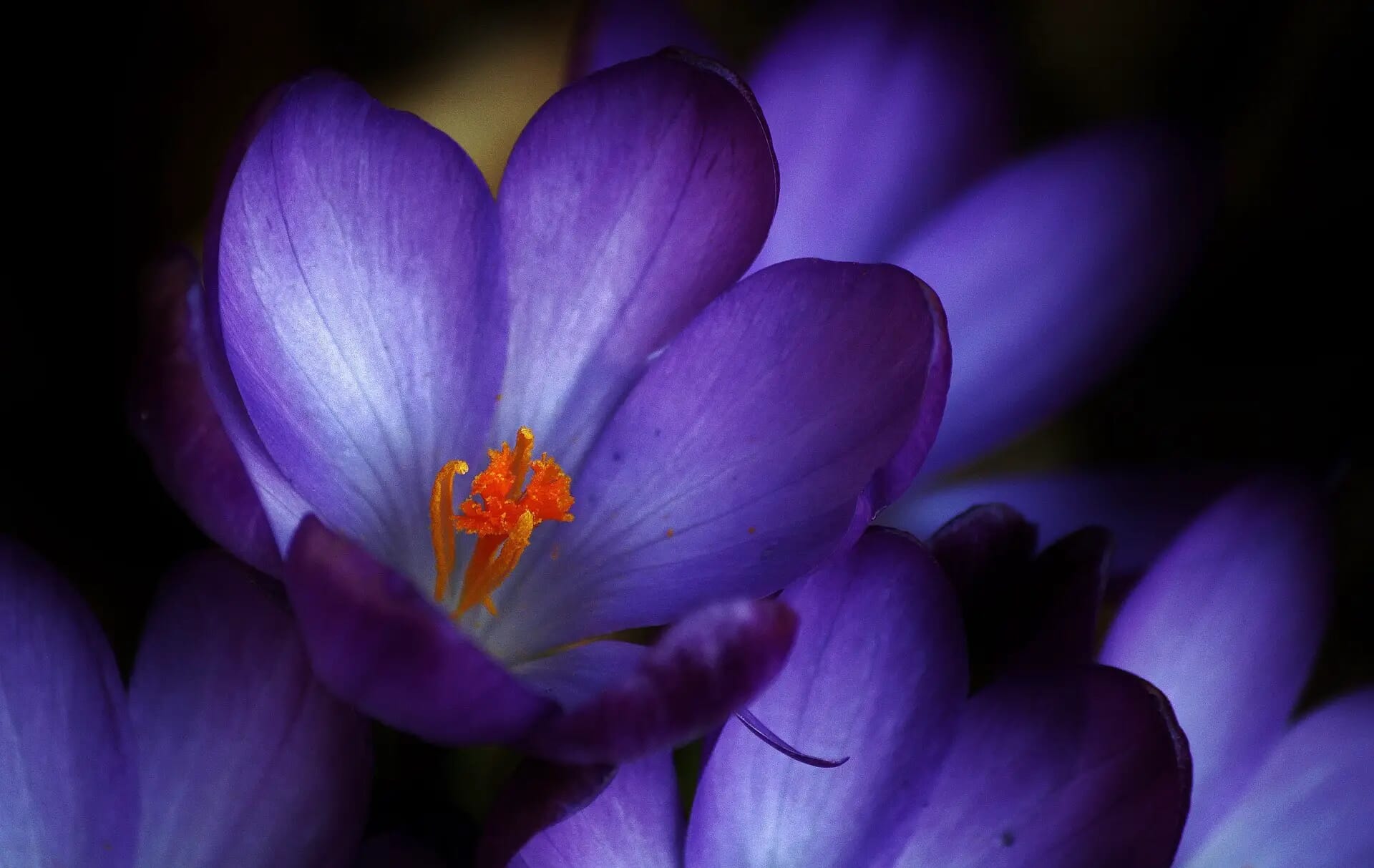
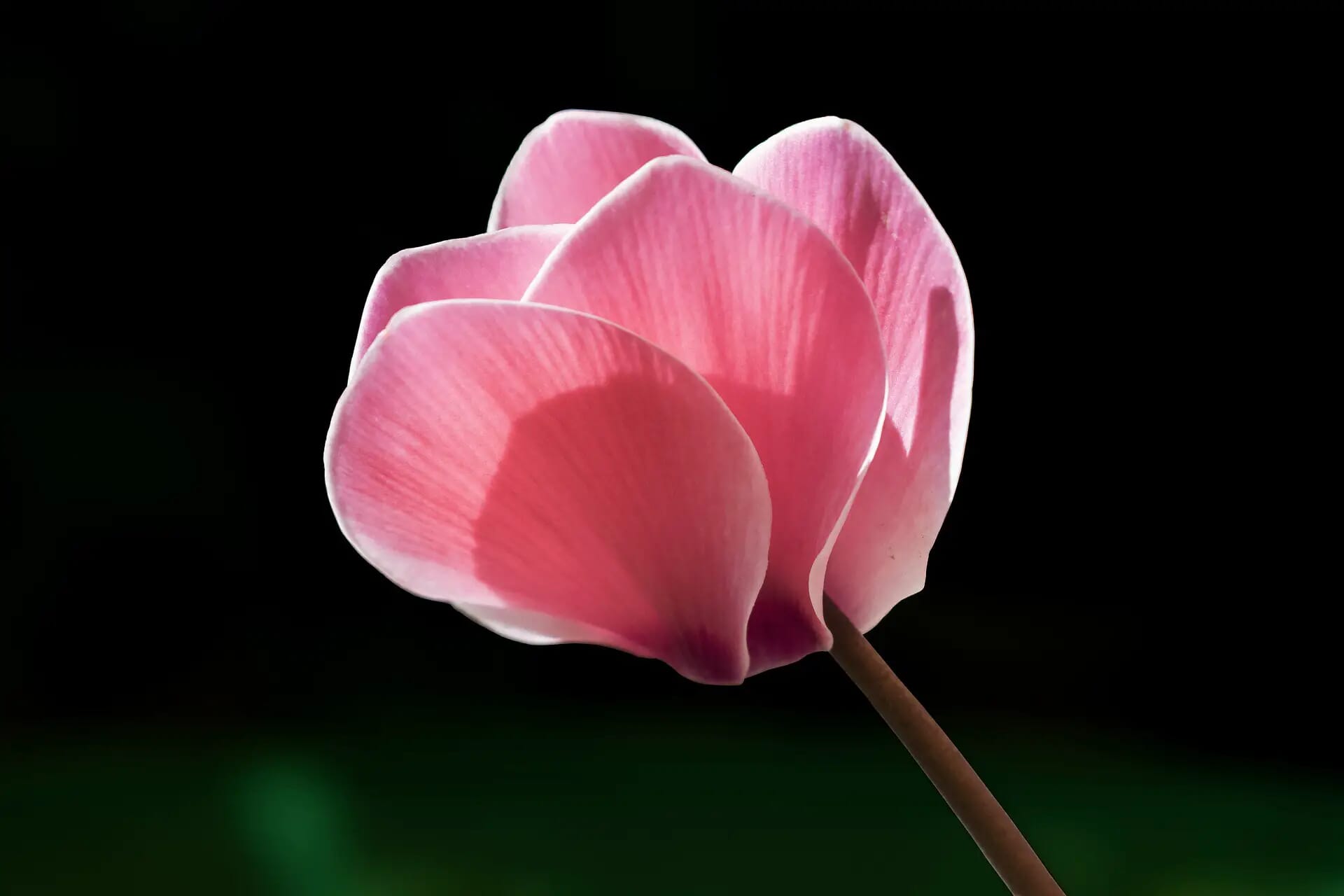
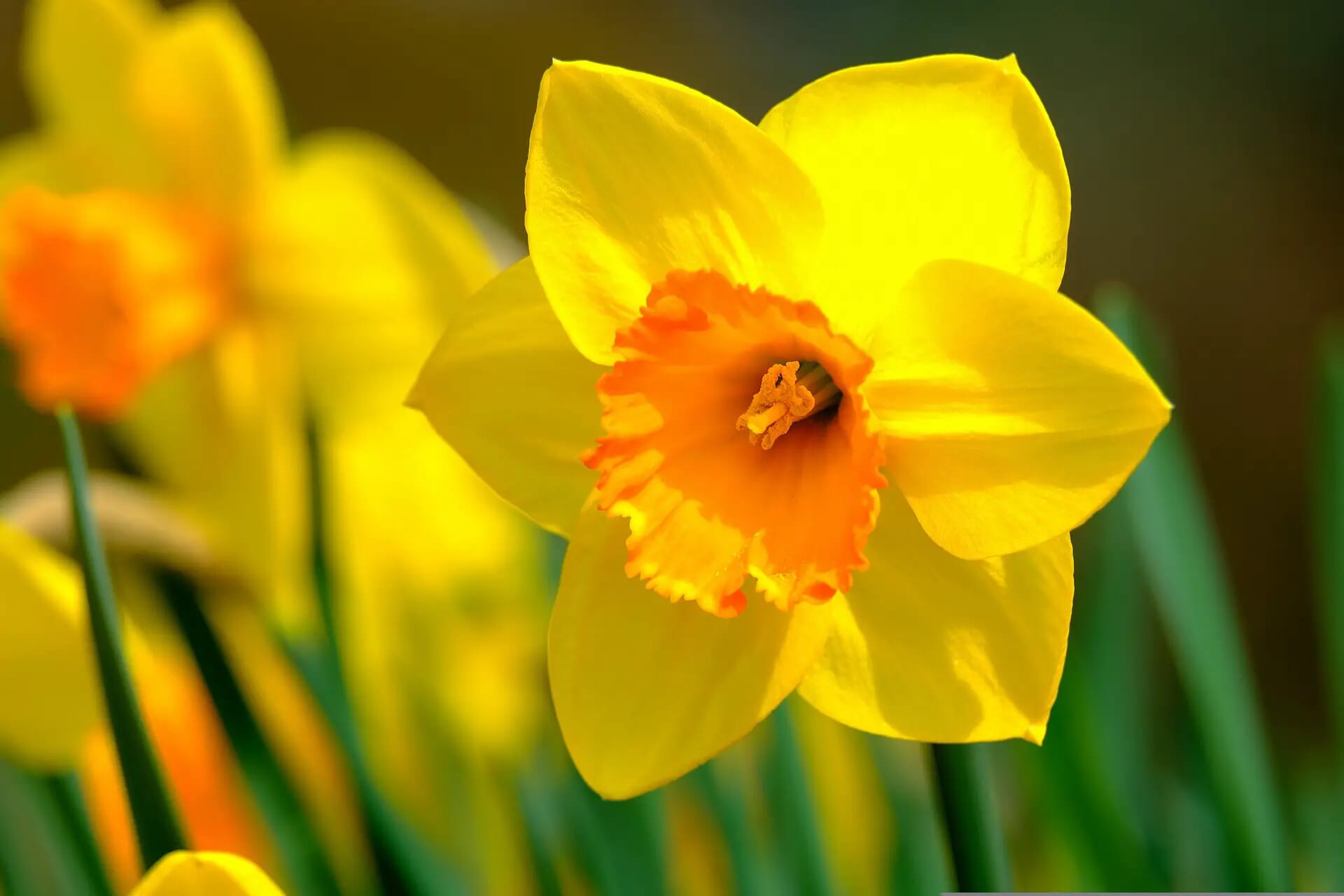
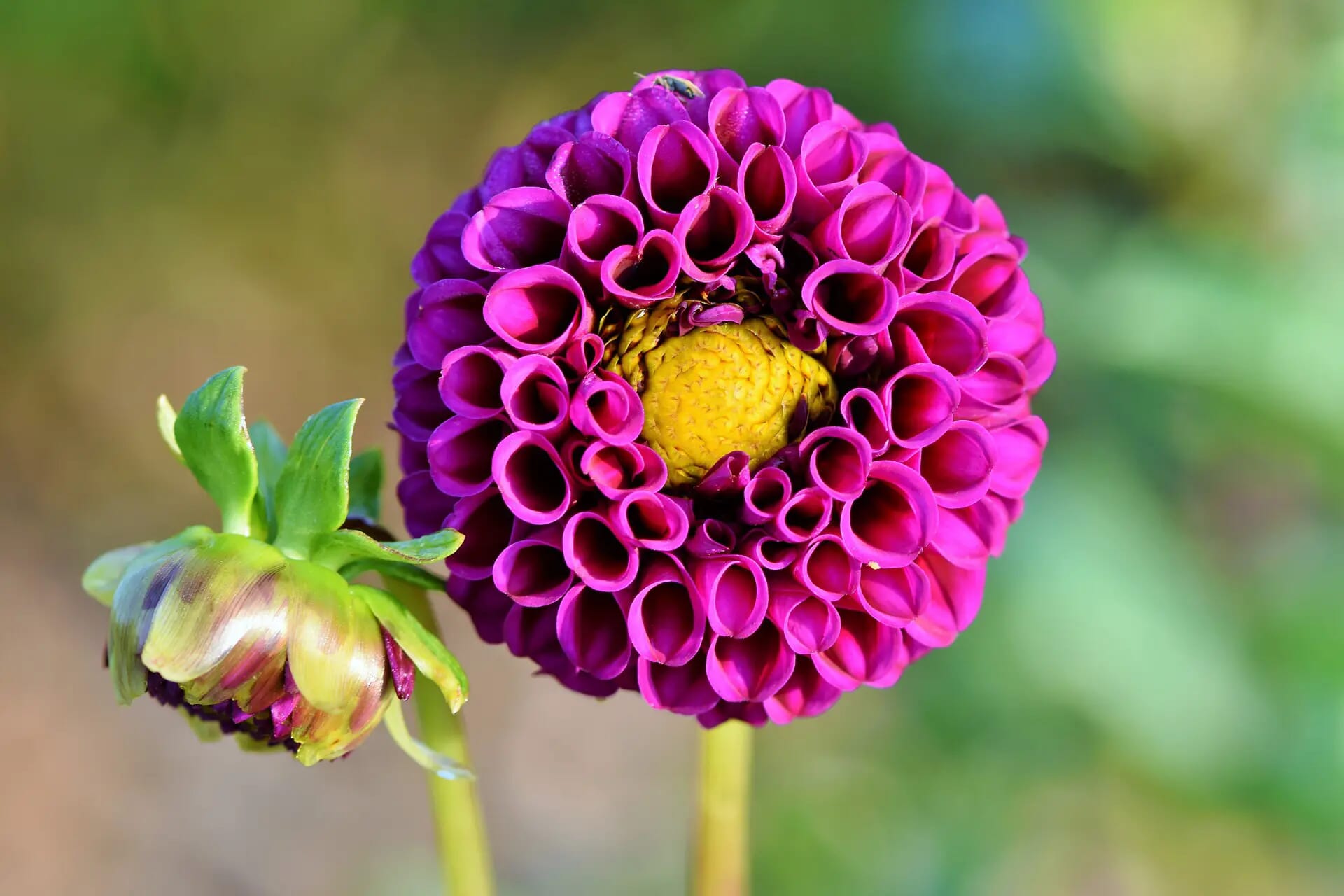
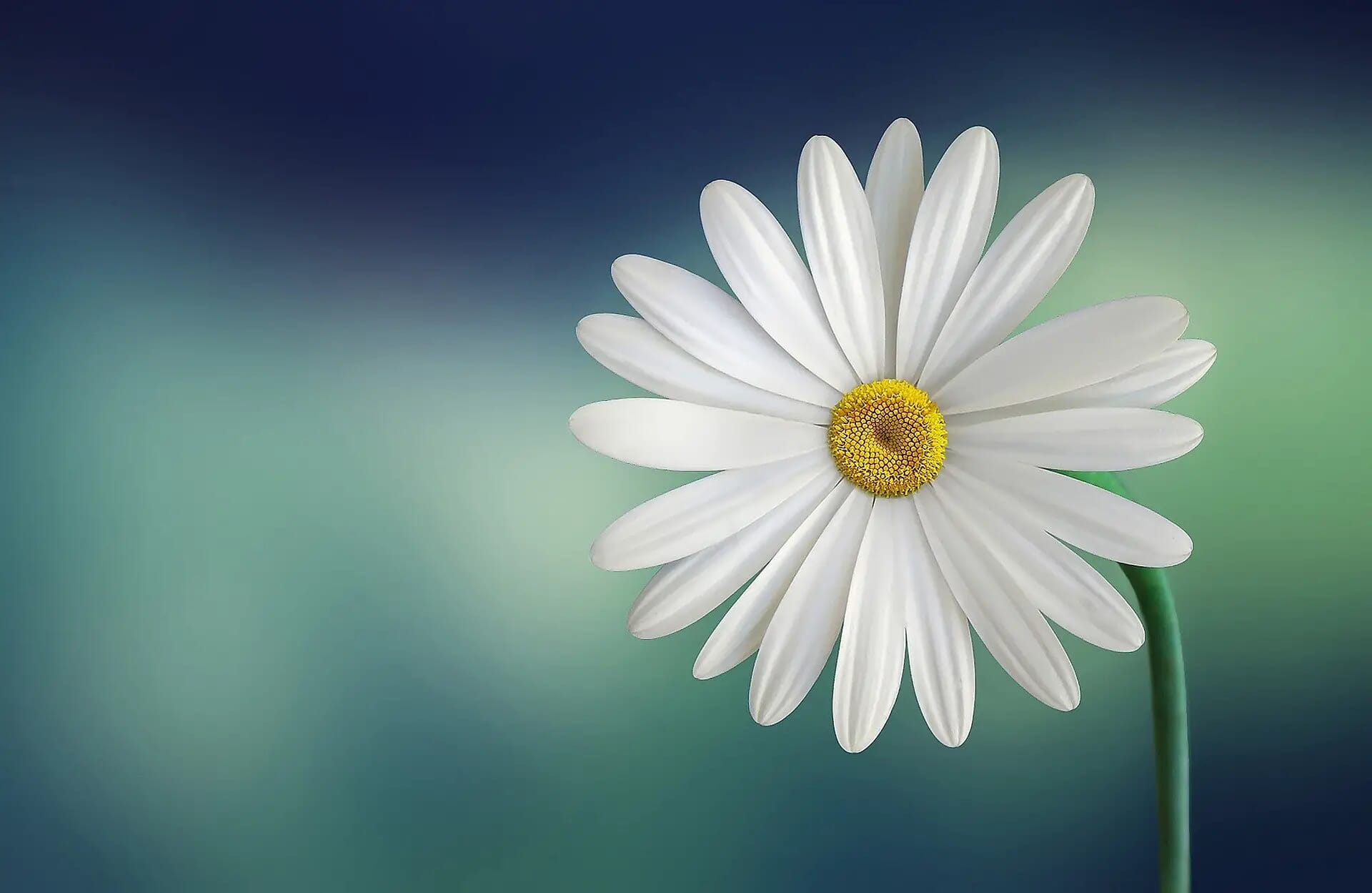
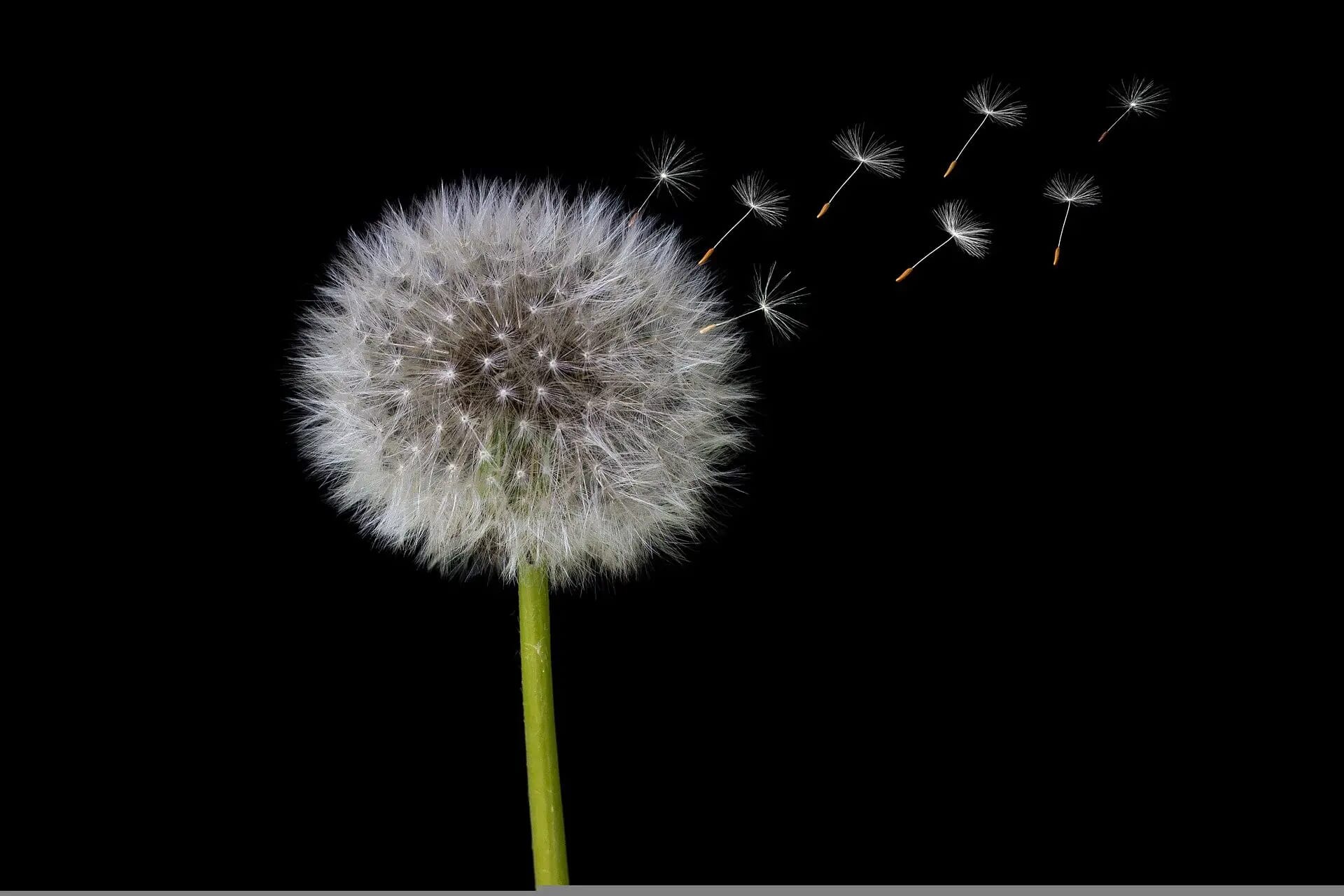
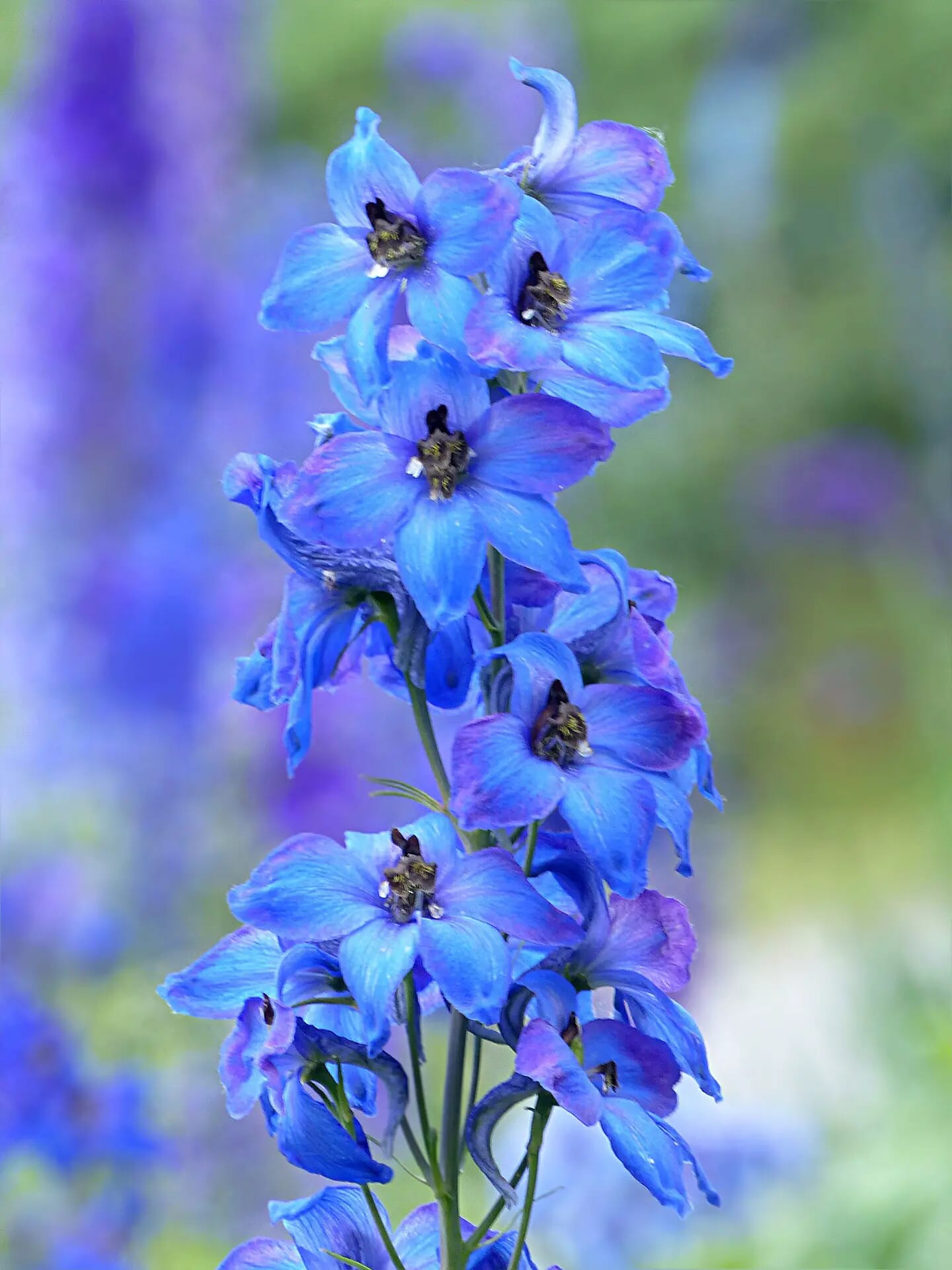
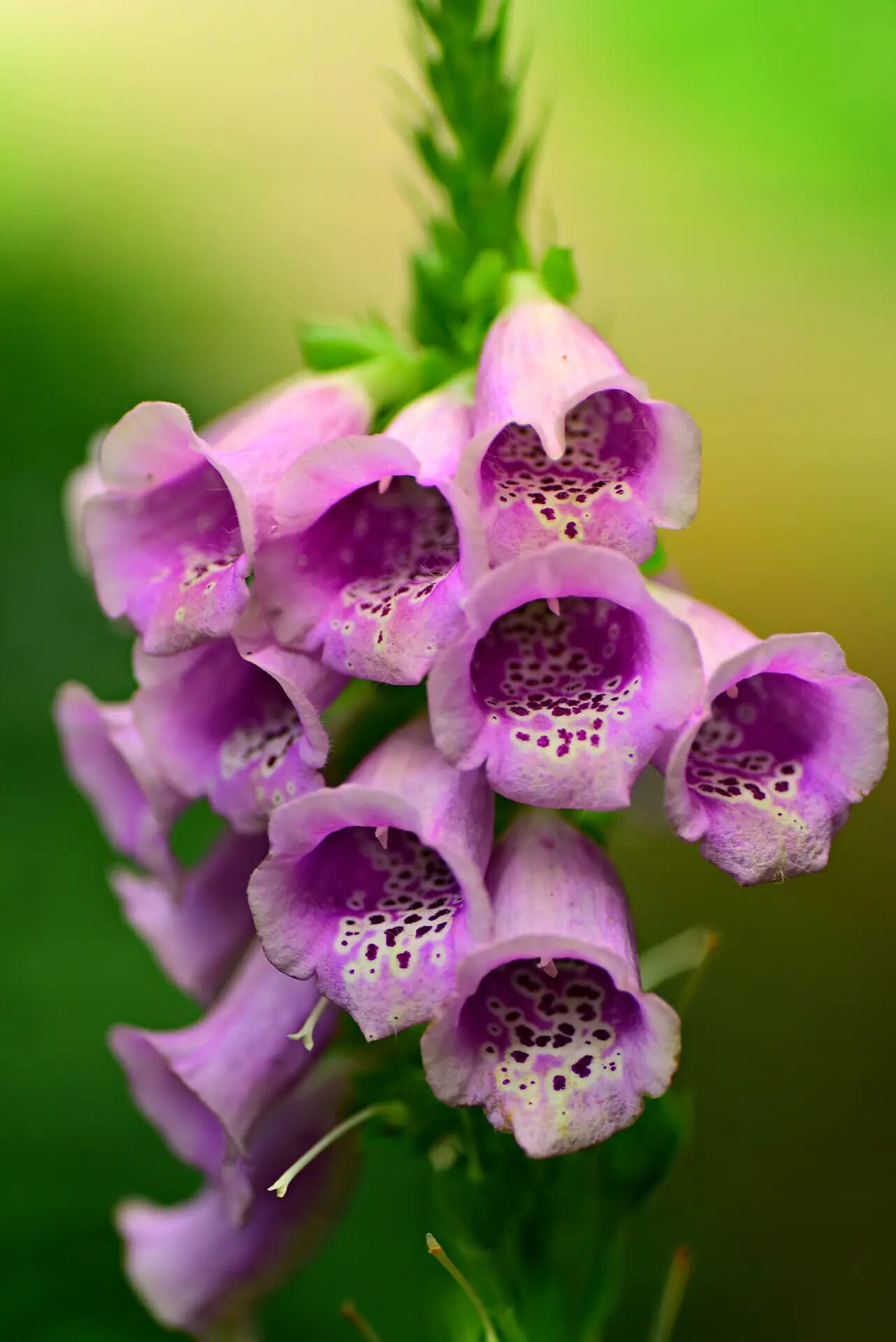

I just got out of the bed and im already reading your articles. this means something! Very useful for constructing my websiteThanks!